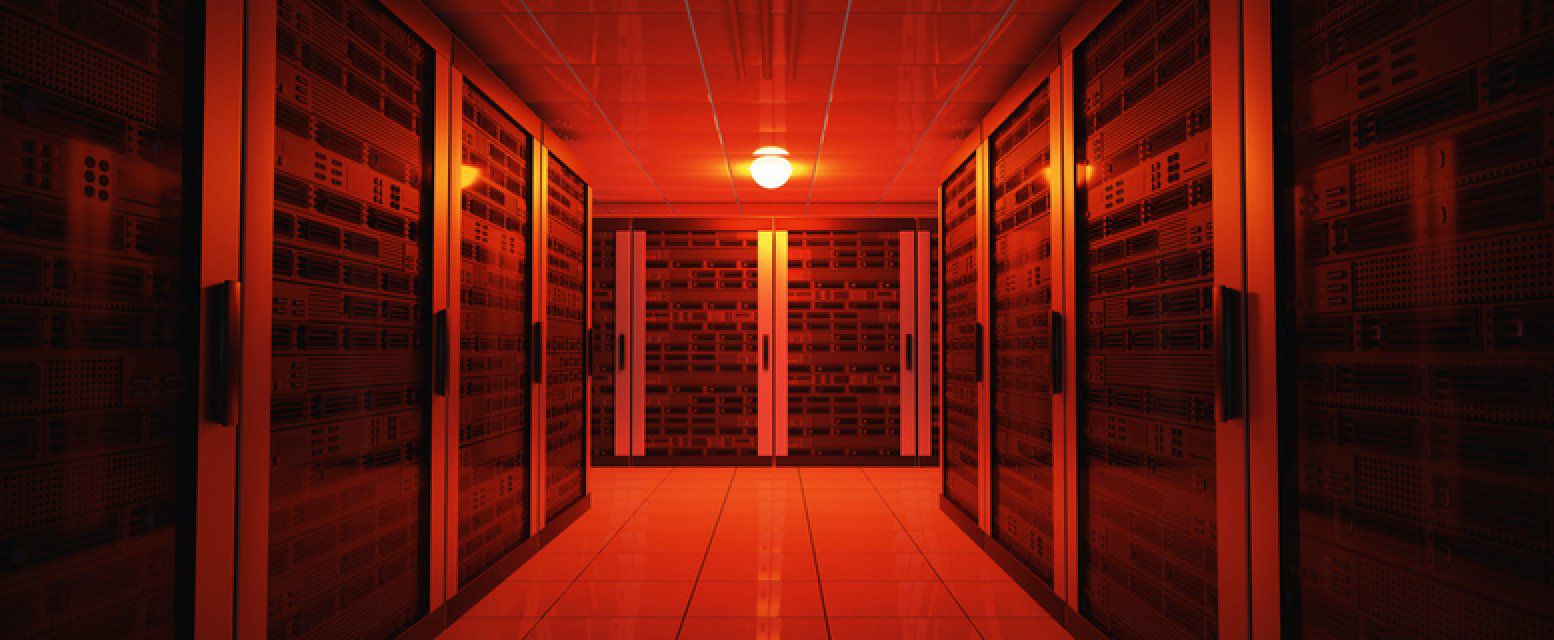
Critical Update From Microsoft: Remote Desktop Services
Impacted Systems:
- Windows Server 2003
- Windows XP
- Windows7
- Windows Server 2008
Nonimpacted Systems:
- Windows 10
- Windows Server 2016
- Windows Server 2019
If you are still using Windows Server 2003 or XP, Windows 7, Windows 2008 R2, or Windows 2008 you could be in trouble. A wormable virus may be coming your way. The virus is designated as CVE-2019-0708.

This means that the virus can get into your system without you doing anything like clicking a malicious link. An attacker could then install programs; view, change, or delete data; or create new accounts with full user rights without your knowledge.
What Should You Do?
Microsoft has released a critical update for their Remote Desktop Services that impacts multiple Windows versions. The patches are for devices and systems that are both in and out-of-support, which is rare for Microsoft to do. This shows the importance of these patches.
The update addresses the vulnerability by correcting how Remote Desktop Services handles connection requests. To apply the patches, go to the Microsoft Security Update Guide for in-support systems and KB4500705 for out-of-support systems.
Note: Clients & Customers on a valid managed services agreement are being taken care of and there is no immediate action for any computer, server or other devices under a valid managed services agreement.
Microsoft recommends that customers running one of these operating systems download and install the update as soon as possible.
Does This Mean Even Systems Without Support Can Get The Patch?
Yes, Microsoft is aware that some customers are running versions of Windows that no longer receive mainstream support. This means that you wouldn’t have received any security updates to protect your systems from the CVE-2019-0708 virus.
Given the potential impact on customers and their businesses, Microsoft decided to make security updates available for platforms that are no longer in mainstream support.
All Windows updates are available from the Microsoft Update Catalog.
What Should We Do Before We Apply The Update?
It’s recommended that you back up all of your important data first. If you have a reliable backup, if the patch creates problems you can still access your data. You should do this before you install any patches.
What If We Can’t Apply The Patches?
If you can’t apply the patch for your system there are other things that you can do:
- If you don’t need the Remote Desktop Services, you can disable it.
- Block the TCP port 3389 (this prevents unauthorized requests from the Internet).
- Enable NLA (Network Level Authentication) for Windows 7 and Windows Server 2008.
Of course, the best thing to do is to contact your local IT services company. They’ll know exactly what to do.
What Is A Wormable Virus?
This means that any future malware that uses this vulnerability could propagate from one vulnerable computer to another. This is how similar malware like WannaCry spread around the world. Experts are worried that this flaw could be used to fuel a fast-moving malware threat like the WannaCry ransomware attacks of 2017.
Here’s what Simon Pope, director of incident response for the Microsoft Security Response Center tells us:
“This vulnerability is pre-authentication and requires no user interaction,” Pope said. “In other words, the vulnerability is ‘wormable,’ meaning that any future malware that exploits this vulnerability could propagate from vulnerable computer to vulnerable computer in a similar way as the WannaCry malware spread across the globe in 2017. It is important that affected systems are patched as quickly as possible to prevent such a scenario from happening.”
Have There Been Any Attacks Yet?
Microsoft said they haven’t found evidence of attacks against this dangerous security flaw. But one could happen at any time. Right now they are trying to prevent a serious, imminent threat with these patches.
Simon Pope goes on to say:
“While we have observed no exploitation of this vulnerability, it is highly likely that malicious actors will write an exploit for this vulnerability and incorporate it into their malware.”
What Does The Microsoft Remote Desktop Do?
You use the Microsoft Remote Desktop application to connect to a remote PC or virtual apps and desktops made available by your admin. You can control your desktop computer and all of its contents from another computer.
The app lets you connect to your desktop from wherever you are. The access to the remote desktop happens over the Internet or via another network. It lets you interact as if you were physically working from your desktop.
The Remote Desktop application also gives the “master” computer access to all of the contents on the remote computer.
What Else Should We Know?
If you had updated from Windows 7 to Windows 10 or from Windows Servers 2008/2008 R2 to Windows Server 2016 or 2019, you wouldn’t need to worry. This is why it’s essential to keep your systems up to date.
Soon, on January 14, 2020, support will come to an end for all Windows Server 2008, 2008 R2 equipment and the Windows 7 operating system.
If you’re still using these servers or operating system, it’s crucial to replace them now so that there’s no disruption to your daily operations or loss of data.
Any hardware or software product that reaches its end of life is a potential gateway for hackers to enter through. In addition to the security hazard, there are other reasons why it isn’t a good idea to keep using old equipment such as unresolvable outages.
Where Can We Get Help?
Contact us to ensure your Microsoft desktops and servers are secure and protected from unauthorized intrusions.





